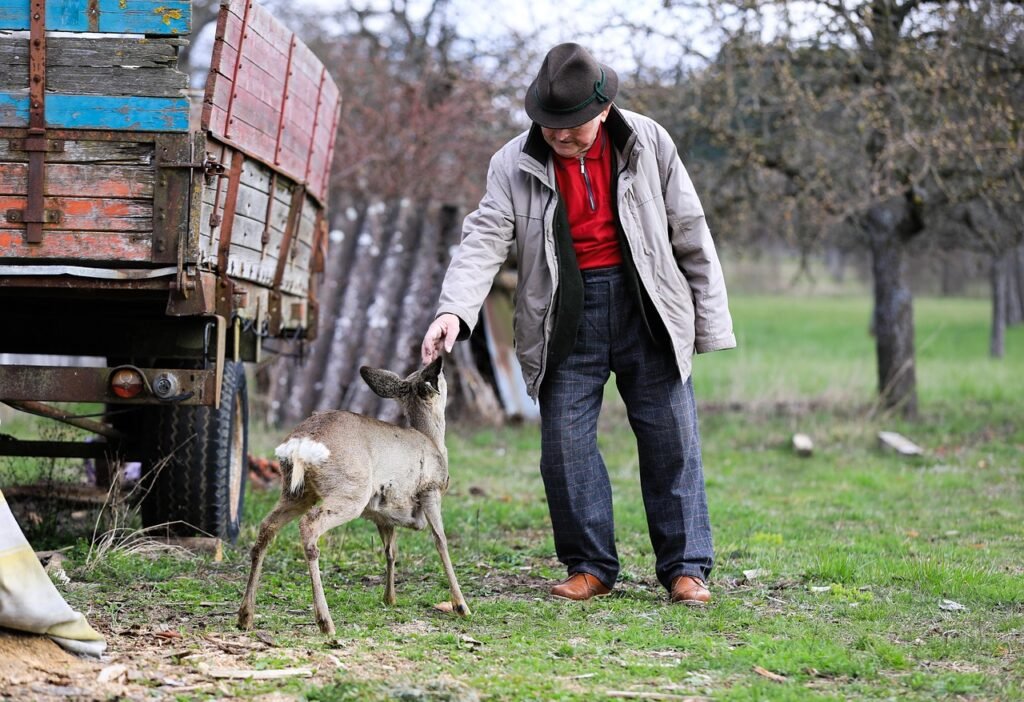Deforestation is a rapidly escalating global issue with implications that reach far beyond biodiversity loss and carbon emissions. It’s a process that both directly and indirectly facilitates the spread of infectious diseases. This article delves into the multifaceted ways through which deforestation acts as a catalyst for disease proliferation, impacting both human and animal populations. Understanding these connections is crucial for developing strategies that not only protect the environment but also safeguard public health.
The Mechanisms of Deforestation

To comprehend how deforestation contributes to disease spread, it’s important to understand what it entails. Deforestation is the large-scale removal of trees and conversion of forested areas to non-forest uses—such as agriculture, urban development, or mining. This disruption significantly alters the habitat and ecological balance.
Altered Ecosystems and Habitat Loss

One significant consequence of deforestation is habitat loss, which forces wildlife to migrate to new areas, often closer to human settlements. Animals that serve as disease reservoirs get closer to people, increasing the likelihood of zoonotic diseases—that is, diseases that jump from animals to humans. Destruction of natural habitats can lead to increased encounters with disease-carrying organisms, such as rodents, bats, and mosquitoes, which thrive in the new, human-adjacent environments created by deforestation.
Increased Human-Wildlife Interactions

With deforestation, the boundaries between human habitats and wildlife habitats become blurred. Increased human activity in these areas, such as agriculture or settlement, leads to more frequent human-wildlife interactions. This rise in contact enhances the risk of zoonotic pathogen spillover, where pathogens move from wildlife hosts to human populations. Prominent examples include the outbreaks of Ebola and Lyme disease, both of which have been associated with habitat changes and increased human disturbances in forested regions.
Vector-Borne Diseases

Deforestation profoundly impacts the spread of vector-borne diseases, which are transmitted by vectors like mosquitoes, ticks, and flies. As forests are cleared, changes in temperature and humidity can create favorable conditions for these vectors, leading to an increase in their population. For instance, the mosquito species that transmit malaria and dengue fever have been found to thrive in deforested areas, thereby elevating the risk of outbreaks among the human populace living or working nearby.
Loss of Biodiversity and Ecosystem Functions

Biodiversity acts as a natural buffer against disease spread. Diverse ecosystems regulate pathogen load by maintaining complex food webs and host-pathogen interactions. Deforestation results in biodiversity loss, weakening these natural defenses. When biodiversity decreases, the ‘dilution effect’—a mechanism where high biodiversity decreases disease risk—can no longer function effectively, leading to increased transmission of infectious diseases.
Socioeconomic Factors and Deforestation

The socioeconomic drivers behind deforestation, such as poverty and agricultural expansion, are closely intertwined with health risks. Communities dependent on deforestation for livelihood are often more exposed to risks of infectious diseases, lacking the infrastructure or healthcare to mitigate these threats. Moreover, these socioeconomic activities further exacerbate habitat encroachment and increase human exposure to potential pathogens.
Climate Change Connections

Deforestation contributes to climate change, which in turn affects the dynamics of infectious diseases. Changes in temperature and precipitation patterns can alter the habitat suitability for vectors and pathogens, leading to shifts in disease distribution. For instance, climate change driven by deforestation might extend the range of mosquitoes into previously cooler, non-endemic areas, introducing new areas of disease risk.
Conclusion: Sustainable Solutions for a Healthier Planet

Addressing the issue of deforestation is not just an environmental concern but a public health priority. Reforestation, sustainable land management, and conservation efforts can mitigate the spread of infectious diseases by maintaining ecosystem integrity and reducing human-wildlife interactions. Policies aimed at reducing deforestation must factor in the health dynamics associated with environmental changes. By prioritizing both ecological preservation and public health, we can aim for a balanced approach that ensures the long-term well-being of both humans and the planet.




